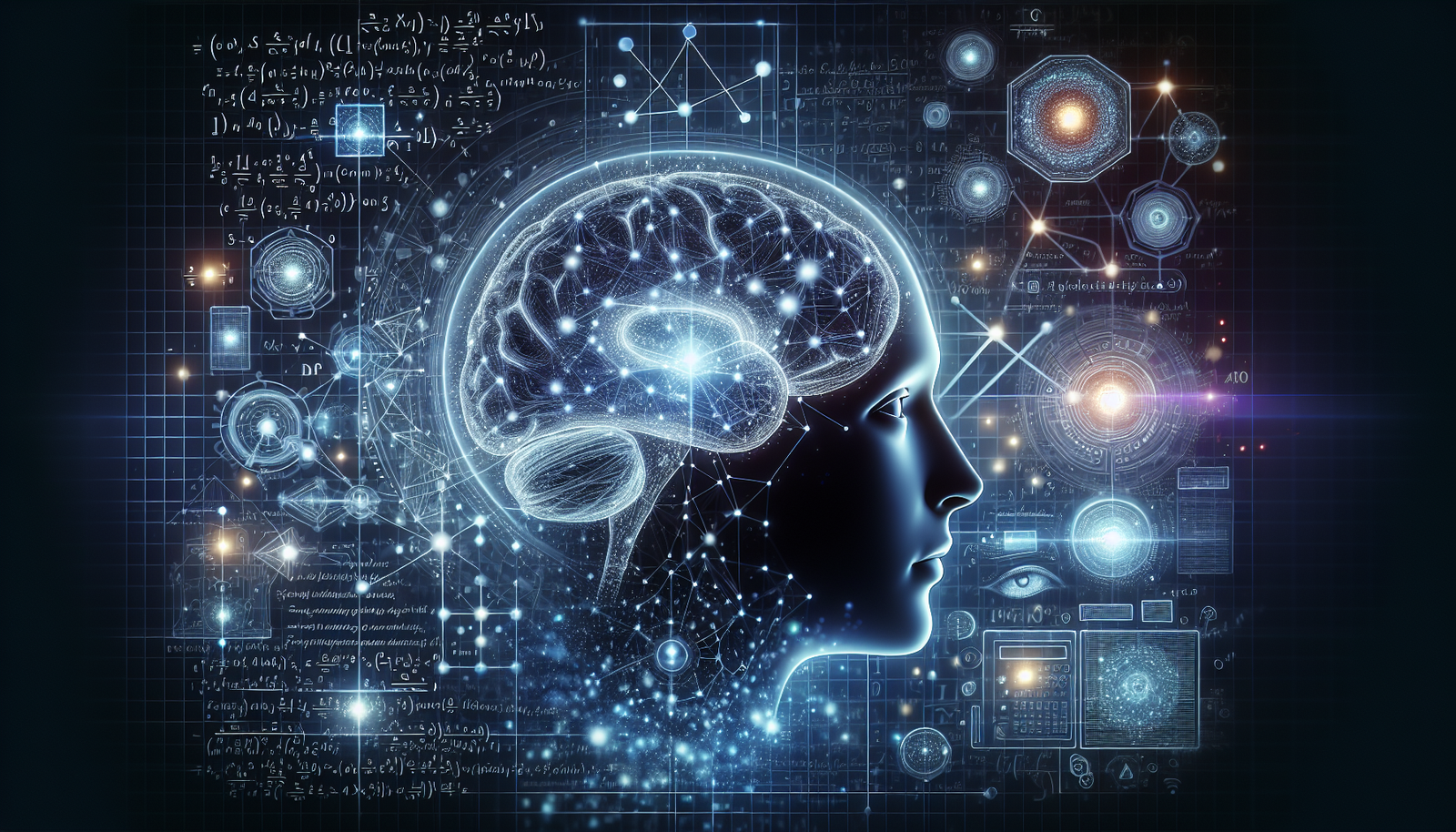The recent developments in machine learning resonate with the rhythm of technological revolutions. At the crossroads of physics and artificial intelligence, research sheds light on the extraordinary potential of neural networks. Nobel Prize winners John Hopfield and Geoffrey Hinton embody this innovation. A new era of discoveries is emerging, reformulating the foundations of modern science. This AI model surpasses simple algorithms, translating complex concepts into tangible applications. Science offers a formidable tool for the evolution of intelligent systems, thereby shaping our understanding of the world.
Neural Networks: Foundations and Development
Artificial neural networks have sparked growing interest in various fields, from physics to social sciences. This computational model, inspired by the workings of human neurons, allows for remarkably effective pattern recognition. Researchers John Hopfield and Geoffrey Hinton, recently awarded the 2024 Nobel Prize in Physics, have been pioneers in the field, having created neural network architectures that have revolutionized artificial intelligence (AI).
Machine Learning and Artificial Intelligence
Machine learning relies on neural architectures that mimic the functioning of the human brain. These systems learn from vast datasets to identify patterns and make predictions. The work of Hopfield and Hinton has established fundamental concepts, such as the optimization of algorithms that underpin these networks.
Innovative Contributions to Physics
In their research, Hopfield and Hinton applied concepts from statistical physics to design network models that have impacted particle physics research. Their innovative approaches have enabled the analysis of complex systems, thus paving the way for new discoveries.
Practical Applications of Neural Networks
The practical implications of neural networks are vast. Used for facial detection, voice recognition, and even the assessment of human behaviors, these machine learning algorithms find applications in everyday life. For example, AI is now capable of detecting signs of depression by analyzing facial expressions and eye movements.
Future Perspectives and Superintelligence
Advances regarding neural networks raise questions about a future where AI could achieve superintelligence. Sam Altman, a leading figure in the field, has expressed that this evolution could occur within a few thousand days, bringing into question the ethical and societal implications of such advancements. Learn more here.
Creative Renewal through Artificial Intelligence
Another fascinating aspect of neural networks lies in their use in the field of art. AI redefines the boundaries of artistic creation, democratizing access to creativity. Providing tools for artists to explore new ideas, it represents a paradigm shift in modern artistic design. Discover this new era here.
Looking at IKEA Kreativ
The fusion of design and AI is realized with initiatives like IKEA Kreativ, which offers an innovative interior design experience. This fusion allows users to visualize their spaces interactively. Thanks to artificial intelligence, users can design spaces suited to their lifestyle and personal preferences. To learn more about this innovative project, click here.
Nobel Prize Winners and Their Legacy
Hopfield and Hinton have left a lasting legacy in the world of artificial intelligence. Their research has laid the groundwork for deep learning systems, now pervasive in various sectors. Their work is emblematic of an era where science merges with technology, paving the way for unprecedented discoveries. Discover the laureates here.
Frequently Asked Questions about Neural Networks and Machine Learning
What is an artificial neural network?
An artificial neural network is a computer system inspired by the functioning of the human brain, designed to recognize patterns and solve complex problems by learning from data.
How are neural networks used in machine learning?
Neural networks, essential components of machine learning, process input data to make predictions, classifications, or generate outcomes by learning from previous examples.
What practical applications of neural networks have been recognized by the Nobel Prize?
The Nobel Prize has been awarded for work that advanced research in various fields such as particle physics, illustrating the importance of neural networks in fundamental scientific research.
What concepts from statistical physics have been applied by the Nobel Prize winners?
The laureates have used concepts from statistical physics to design neural network models, allowing for the analysis of complex systems and enhancing machine learning capabilities.
Who are the researchers awarded the 2024 Nobel Prize in Physics?
Researchers John Hopfield and Geoffrey Hinton have been awarded for their fundamental contributions in the development of artificial neural networks and artificial intelligence.
Why is it important to understand neural networks today?
Understanding neural networks is crucial as they are at the heart of advancements in artificial intelligence and influence many sectors, from healthcare to industry to transportation.
What is the link between machine learning and pattern recognition?
Machine learning, via neural networks, allows machines to recognize patterns in unstructured data, which is essential in fields such as computer vision and voice.
How do neural networks facilitate research in particle physics?
Neural networks enable the analysis of complex data from particle physics experiments, thus helping to detect anomalies and formulate scientific hypotheses more quickly.






